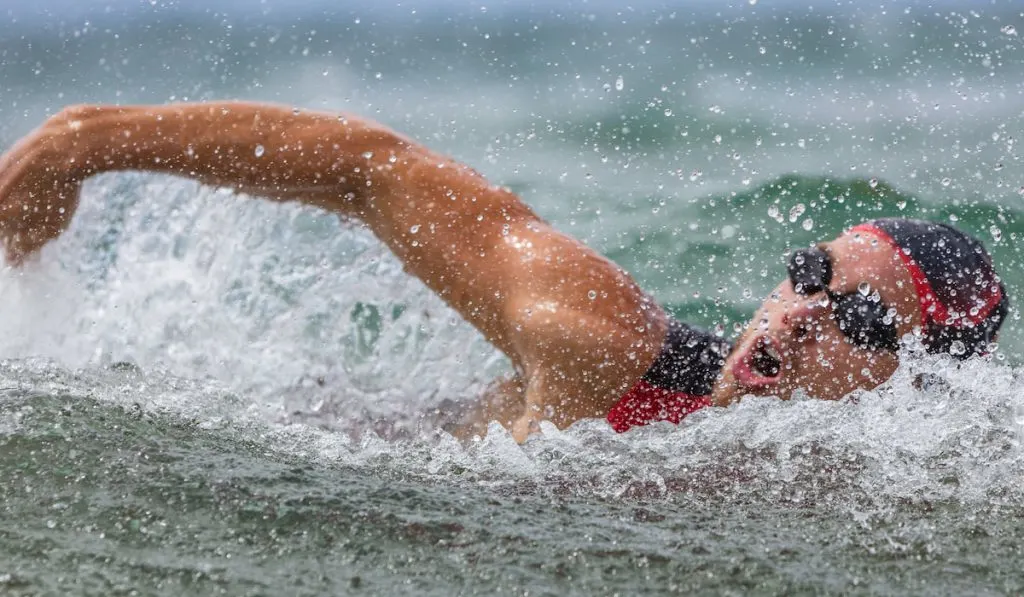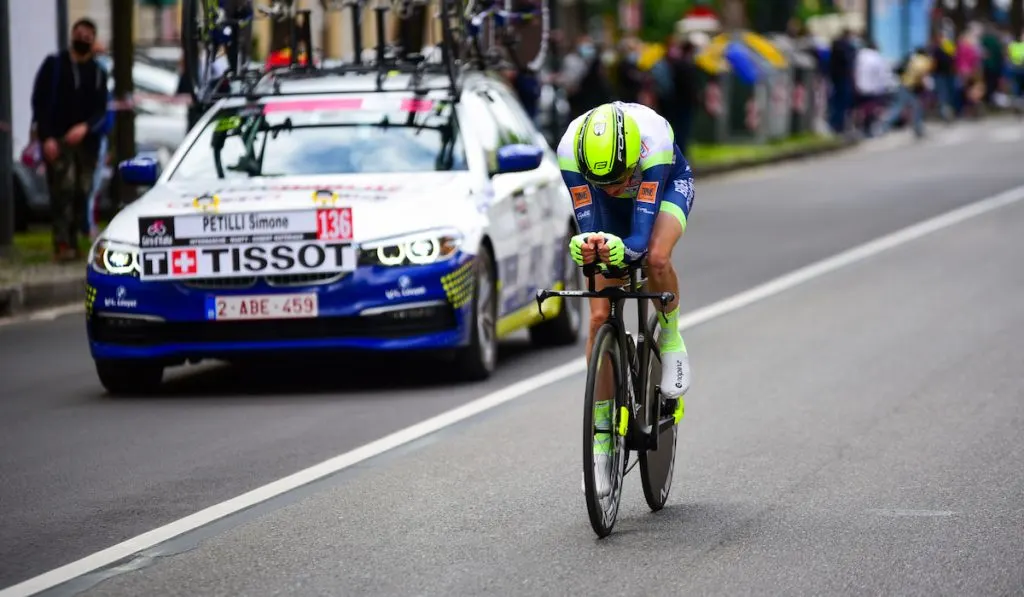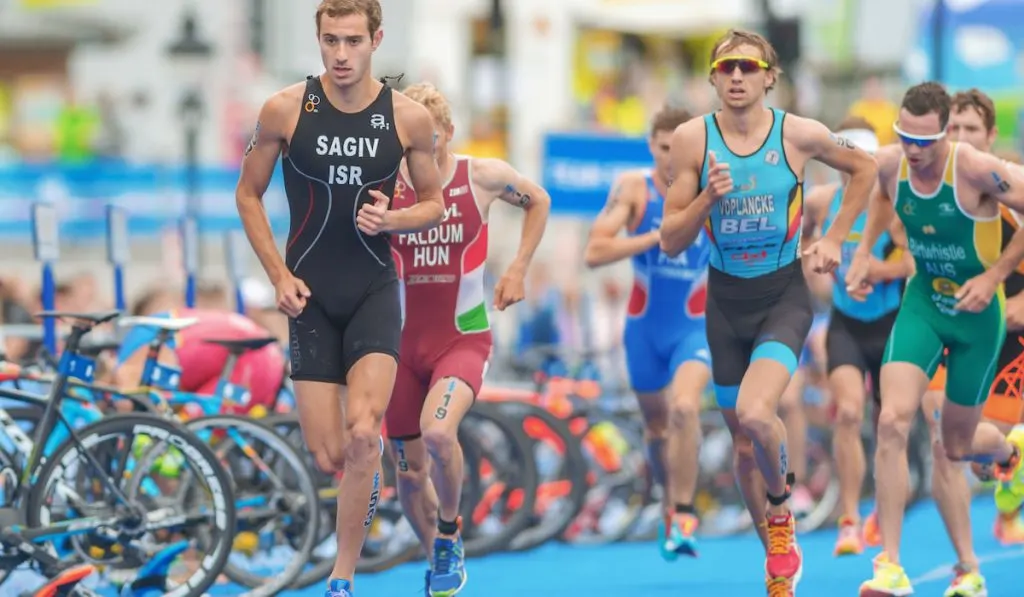Most people will live their entire lives without even considering a triathlon. It doesn’t even occupy their minds for a single minute.
They can’t comprehend what drives so many of us to pursue this type of physical and mental achievement. For them, it’s simply too much and too hard.
If you’re an athlete driven to breathe rarer air, the difficulty and challenge of a triathlon is something you embrace. Even amongst the elite, though, there are parts of the triathlon that are harder than others.
But, the thing is, no two racers are the same. Some dread the run, others hate the swim, and the rest fear the bike.
The hardest part of a triathlon is taking the first step. Once you start, you’ll get hooked and never look back.

Wherever you are in your training, there is always room to improve. Most of us participate in triathlons because it’s an extreme expression of determination. It tests us to the core and pushes us to our limits.
Whether you need to improve your time on the bike, in the water, or on the run, we’re all in the same boat. Training is about making small bits of progress. Or, perhaps you are in it to draw out weaknesses and transform them into strengths.
We’ve put together some advice on how to work on each stage of the triathlon to help you no matter where you’re struggling.
Following these tips will help you shave seconds off of your time and feel better as you compete in events.
Stage 1 – Getting Through the Swim Stage
All you have to do to understand how difficult getting good at swimming is, is to visit your local high school and watch the kids during a practice session. Swimmers live in the pool, and, at the elite level, it almost seems like they sleep there too.
Becoming an expert swimmer takes years of training. It’s working with different strokes, conditioning the body, and building confidence floating and staying in the water for hours at a time.
This isn’t something that comes easily for a lot of triathletes who weren’t high school or collegiate swimmers. That’s why so many people worry about the swimming portion of the event.

The swim can be the most challenging because it is typically the first stage of events and things can get crowded. The swim, at the start, is a jumble of nerves and a bit of chaos in the water until things even out and racers spread themselves out.
If you struggle with the swim, there is no substitute for time in the water. Don’t limit your training to pools either.
Many new triathletes are pros in the pool but experience an anxiety spike in open water where they can’t see very well. Find a beach or a lake nearby where you can swim and get some good experience before race day.
For people who have the money to spend on a trainer, this is where you’ll get your best return.
Stage 2 – Grinding Through the Bike Stage
Like swimming and any sport for that matter, consistency will have a large impact on your results. The bike stage is no exception. You’ve got to put in the hours on the road and rack up the miles if you want to excel.

Biking is a lot about mental toughness and knowing when to push things and when to pull back a bit. People often struggle with the bike because as they get out of the water after a grueling swim, they’re eager to push things on the bike.
What happens to people in the lead, but especially to those who struggle in the water and want to make things up on the bike?
Thankfully, the kit you bring into the race also affects how you’ll do. The gear matters a lot for the bike stage of a triathlon and spending money to get lighter equipment, and a bike that fits your body perfectly will help you feel better and improve results.
The bike stage is a lot about heart. It’s a cardio and leg muscle grind that, depending on the event, will test your limits.
However, there are also some bright spots on the bike. You’re often going through beautiful terrain, and capturing a cyclist’s high as you feel the wind blowing in your face is like no other experience.
Stage 3 – Letting It All Out on the Run
One of the best things about the run is that it is, by far, the easiest to train for. You can run anywhere, and you know what, in general, it’s supposed to look and feel like that.
Sometimes it’s hard to book a pool and people with limited budgets can’t splurge on high-tech gear for the bike portion. It’s also easier to pair running with another stage of training because you can simply toss on your shoes and hit the road.

You can run anywhere, so there is no reason to undertrain. Of course, triathlons take things to a whole new level, so the run can be the most grueling section of the event for many racers.
One of the keys to making the run easier is listening to your body and spacing out when you consume calories and how you hydrate through the entire stage.
This is where advice from trainers and seasoned racers can come in super handy. You can treat your body more like a machine and get better performance in the race.
The Final Word
At the end of the day, the triathlon is a challenge for everyone. You’re learning three sports at once. Every racer is going to have their strong areas and weak areas. Finding the best combination of all three is the key to a successful race.
